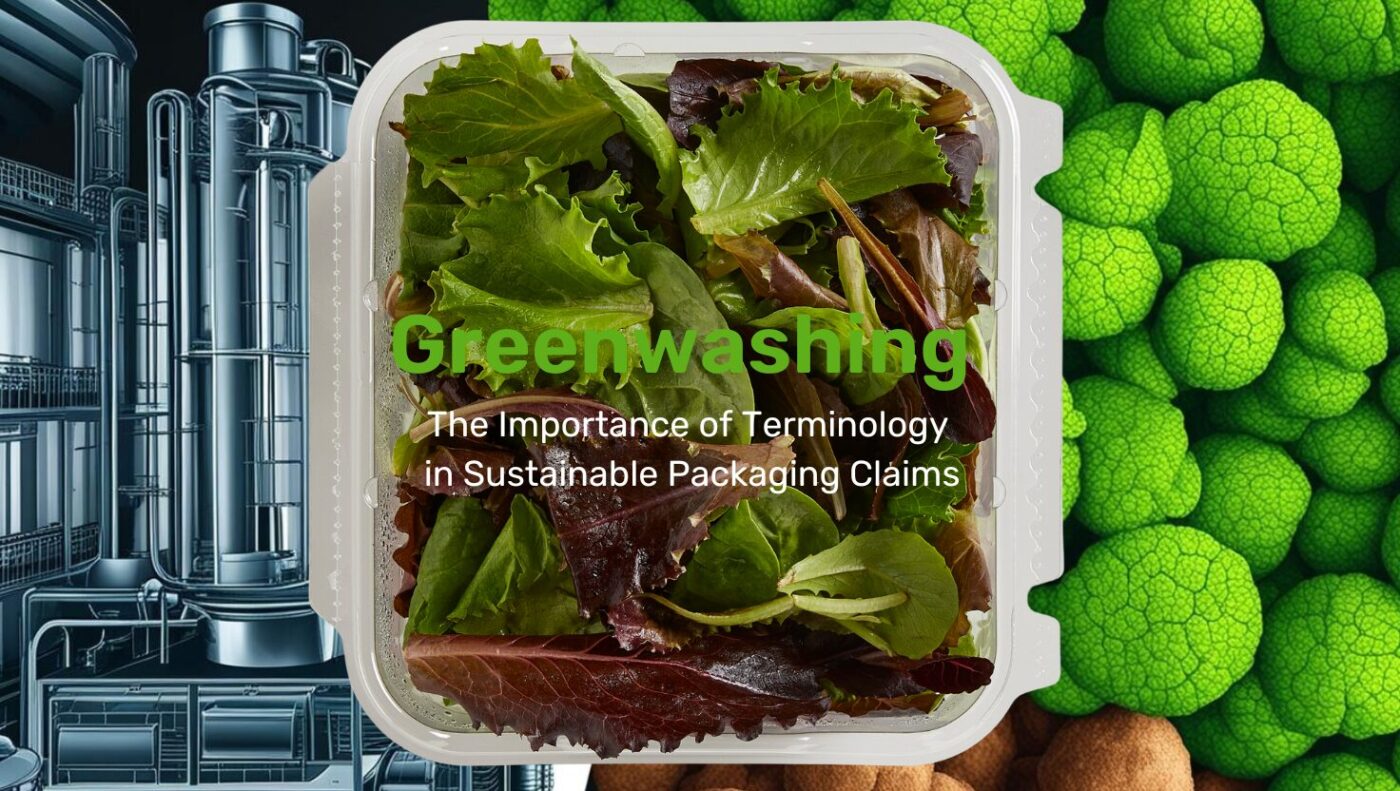
Understanding the Language of Sustainability As the push for sustainable packaging grows,…

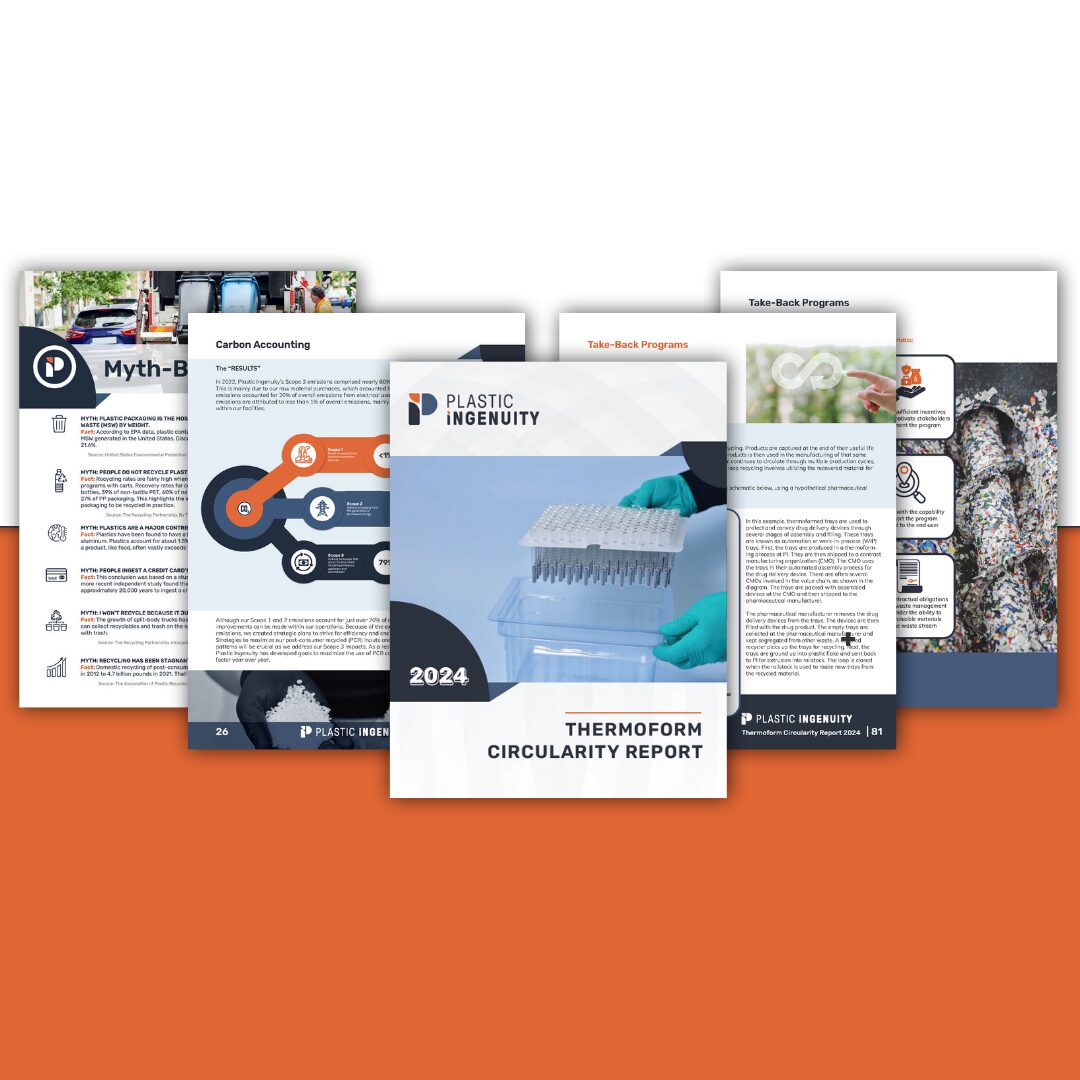
In 2021, Plastic Ingenuity embarked on a mission to gain a deeper understanding of the requirements and motivations of stakeholders at the forefront of advancing circular packaging. Our adoption of ISCC PLUS, ISO 14001, and carbon emission accounting are tangible outcomes of how we integrated these insights into our business.
Throughout 2023, the comprehensive study of packaging sustainability stakeholders continued. We engaged in interactive dialogues by conducting live listening sessions involving sustainability and packaging experts from consumer-packaged goods (CPGs), retail sectors, and healthcare organizations. We asked stakeholders to define their goals, describe the drivers of those goals, and provide specifics on packaging tactics to achieve those goals.
What is Sustainability?
The United Nations Sustainable Development Goals(1) (SDGs) were commonly cited by stakeholders when sharing their definition of sustainability. This holistic framework emphasizes that businesses and institutions should consider their impact not only in terms of profits (economic) but also in terms of their effects on people (social) and the planet (environmental):
What’s Driving Sustainability?
The drivers of change identified in 2023 mirror the results of our previous studies. These drivers include consumer preference for sustainable products, NGO influence on corporate initiatives, investment community focus on ESG performance, large retailer purchasing power, and legislation. A driver that became more pronounced in 2023 is the looming implementation of Extended Producer Responsibility (EPR) legislation. EPR policies make producers of products responsible for the entire life cycle of their goods, including disposal and recycling.
Sustainability Goal Analysis
Of the organizations we interviewed in 2023, 100% had well-defined sustainability goals at the time of the discussion. This number increased from 92% in our 2022 study and 67% in our 2021 study. The increasing adoption of formal corporate goals is evidence of the growing integration of sustainability into organizational strategy.
Stakeholders were asked to describe their organization’s packaging sustainability goals. The answers were dissected into individual goal statements and high priority goals were identified as “Top Picks.” The following graph summarizes the findings:
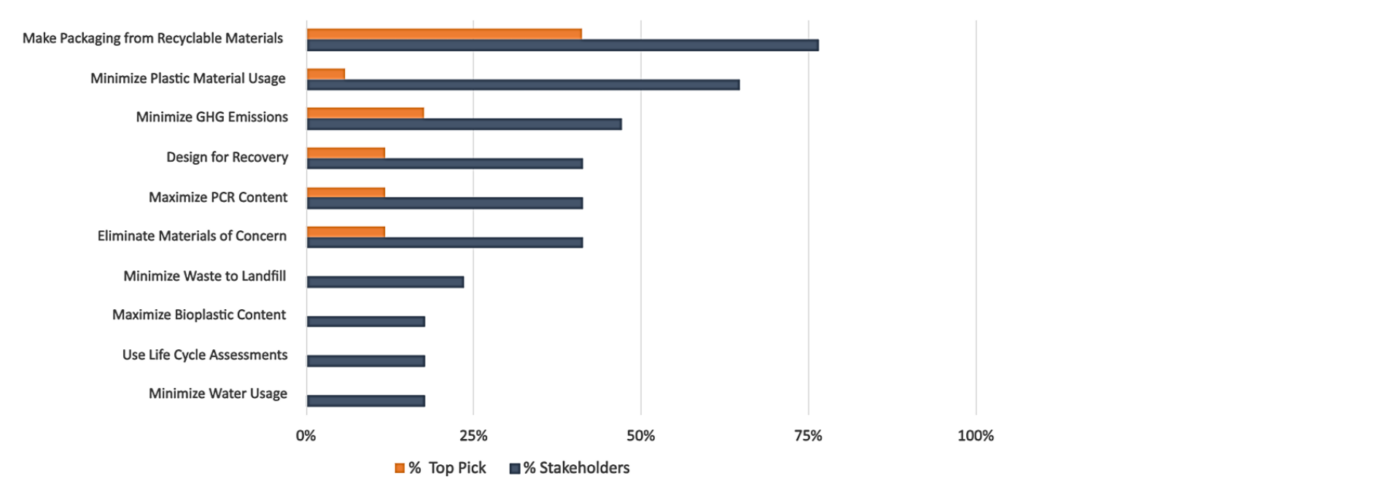
The top sustainability goal identified by stakeholders in 2023 was to “Make Packaging from Recyclable Materials,” as 76% of organizations interviewed have a goal related to this aspect, including 41% that denote it as a top pick. Additional top goals include “Minimize Plastic Material Usage,” “Minimize GHG Emissions,” “Design for Recovery,” and “Maximize PCR Content.” The results reveal a continued commitment to transitioning to a circular economy for plastic packaging. Goals to minimize the environmental impact of a package through the entire life cycle, such as avoiding landfill waste and responsible water usage, were also prevalent across stakeholders.
Healthcare Sustainability Goal Analysis
A significant share of the stakeholders interviewed in 2023 represent the healthcare industry. Organizations interviewed include manufacturers of medical devices, pharmaceutical products, biotech, and life science applications. The healthcare industry is under considerable pressure to increase the sustainability of its products.
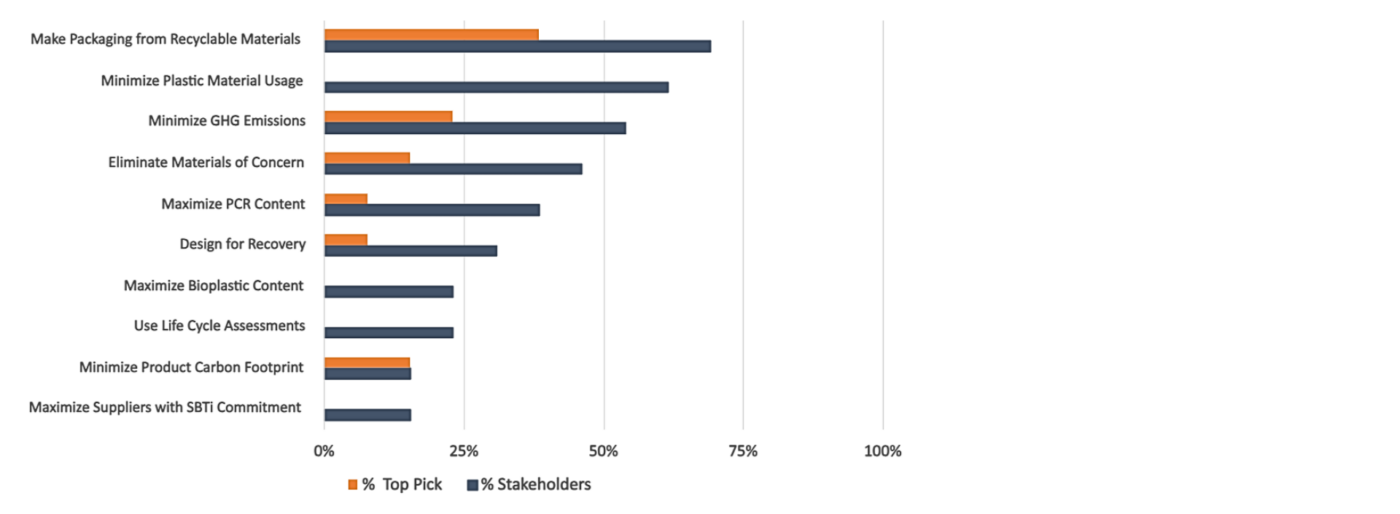
The top sustainability goal identified by healthcare stakeholders in 2023 was to “Make Packaging from Recyclable Materials,” as 69% of organizations interviewed have a goal related to this aspect, including 39% that denote it as a top pick. This finding was unexpected, given the substantial barriers to recycling plastics used in healthcare settings. “Minimize Plastic Material Usage” was cited by 62% of healthcare organizations as a goal they are working toward. However, none listed it as a top pick. Healthcare stakeholders are focused on implementing life cycle assessment principles into their development processes to quantify the embodied carbon of their products and minimize environmental impact throughout the entire life cycle.
Final Thoughts
The shift to a circular economy for packaging continues to be prioritized by brands, retailers, and healthcare organizations. This shift is evident in the proliferation of sustainability goals related to packaging circularity and the establishment of dedicated resources within these organizations responsible for executing these goals. In addition to circularity, stakeholders focus on quantifying and reducing the embodied carbon in their products and packaging to minimize climate impact. Legislation, like Extended Producer Responsibility, is viewed by stakeholders as both a driver and enabler of transformation. Legislation will play a vital role in the coming years as organizations have struggled to meet their voluntary circularity goals.
The European Packaging and Packaging Waste Regulation (PPWR) continues to forge ahead. The PPWR is expected to be legally mandated by the end of 2024. It aims to reduce packaging waste and promote a circular economy. Aspects include:
1. All packaging must be designed for recycling at scale.
2. Plastic packaging must use a minimum PCR percentage.
3. Labeling requirements surrounding material composition and recyclability.
4. EPR will be eco-modulated to incentivize environmentally positive design.
Notable for healthcare organizations, product-sensitive products like medical devices and pharmaceuticals are exempted from recycling and PCR requirements, but secondary packaging items likely are not exempt.
Read more about the regulation here: The ultimate guide to the Packaging and Packaging Waste Regulation
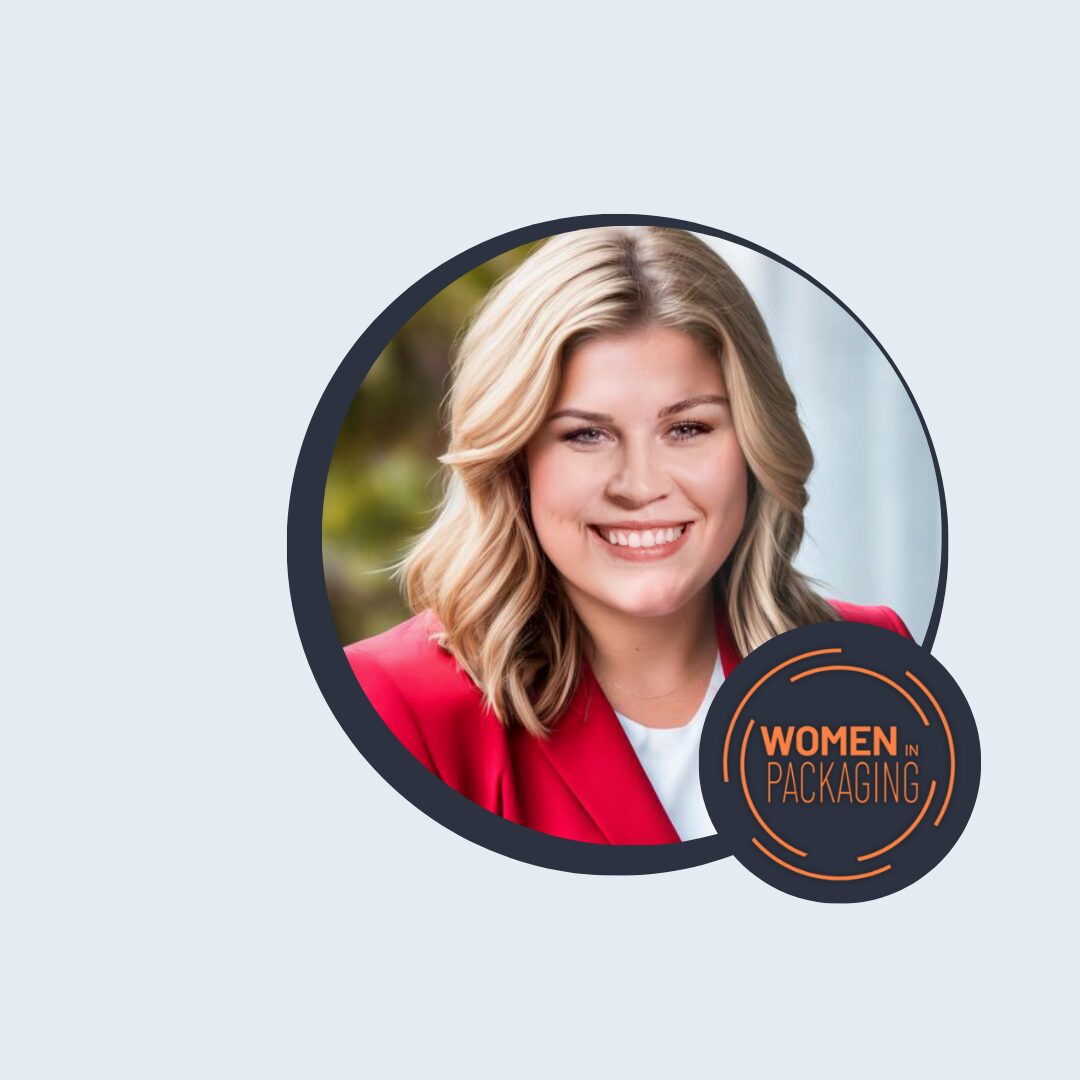
Our sustainable packaging engineer, Sarah Webber, was featured in Packaging Strategies Magazine’s “Women in Packaging.” Read more about Sarah’s journey to a career in sustainable packaging: brnw.ch

Pounds of PET thermoforms recovered in U.S. and Canada in 2022
Approximate recovery rate of PET thermoforms in 2022
Average percentage of Post-Consumer Recycled PET in thermoforms in 2022
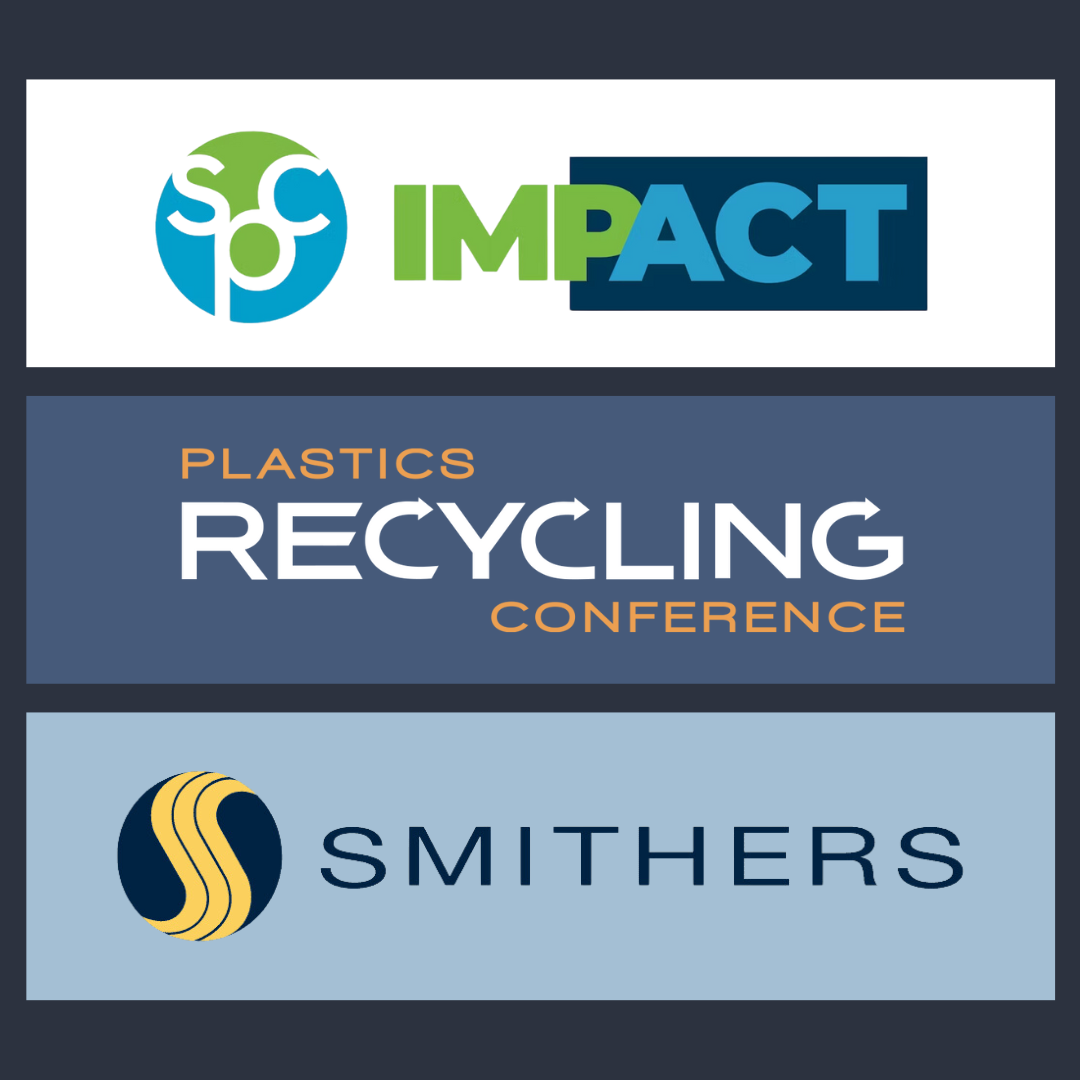
If you are attending the following events, we hope to see you there and look forward to connecting:
